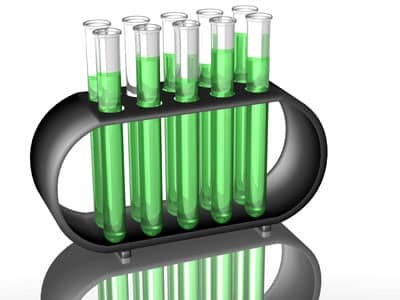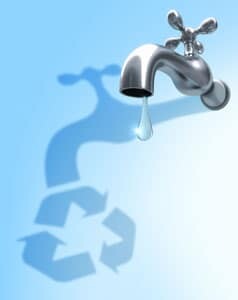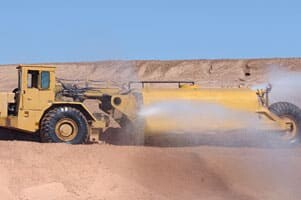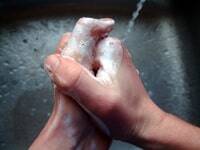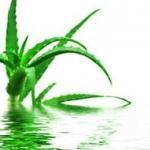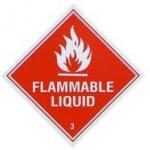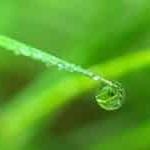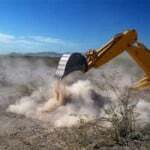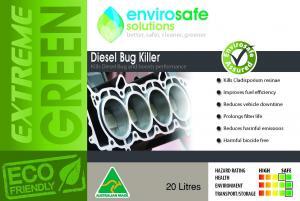 Company tax breaks – labelled ‘pollution subsidies’ by green lobbyists – were under scrutiny in this year’s Federal Budget. The Government delivered an environmental winfall for the Greens, announcing it would reform the Fringe Benefit Tax in a move anticipated to cut company car usage and greenhouse gas emissions. At the same time the Budget has retained the Fuel Tax Credit subsidy, a decision criticised by green revolution proponents but welcomed by the transport industry.
Company tax breaks – labelled ‘pollution subsidies’ by green lobbyists – were under scrutiny in this year’s Federal Budget. The Government delivered an environmental winfall for the Greens, announcing it would reform the Fringe Benefit Tax in a move anticipated to cut company car usage and greenhouse gas emissions. At the same time the Budget has retained the Fuel Tax Credit subsidy, a decision criticised by green revolution proponents but welcomed by the transport industry.
Reforms to a company tax subsidy criticised for encouraging car usage and increasing pollution has been welcomed by the Australian Conservation Foundation.
The ACF has praised the Federal Budget for supporting the green revolution and tackling the company Fringe Benefit Tax subsidy, claiming it encouraged fossil fuel use and resulted in increased in greenhouse gas emissions.
It claimed the tax subsidy cost taxpayers $1 billion each year and encouraged ‘excessive driving of company cars’ by offering higher tax relief for higher vehicle usage.
While praising promised reform of the Fringe Benefit tax, ACF chief executive Don Henry was critical of Budget environmental measures.
“The reform of the Fringe Benefit Tax subsidy saves the budget money and curbs greenhouse pollution from company cars, but the missed opportunity to adequately fund the protection and restoration of our natural environment will prove costly to all Australians in the future.”
The ACF said Government spending on key environmental programs was inadequate and criticised a decision to defer tax breaks for ‘green revolution’ buildings and cut $156 million from the National Solar Schools program.
It has called for further reform of so-called ‘pollution subsidies, singling out the Fuel Tax Credits scheme, which it claimed cost Australian taxpayers $5 billion each year.
“Every household in Australia is contributing about $200 a year so companies like BHP Billiton and Rio Tinto don’t have to pay a single cent in tax for the diesel they use in their off-road mining operations – this subsidises pollution and must change.”
This view has been challenged by industry, including the transport sector which praised the Government for retaining the fuel tax credit system.
Australian Trucking Association chief executive Stuart St Clair said abolishing the fuel tax credits would only act to push up the prices of goods delivered by truck.
“The Australian Conservation Foundation attacked the Government for not doing away with our fuel tax credits. They want to abolish them because of their wrong-headed belief that more freight would be transported by rail.
“But there isn’t a railway siding at the back of your local supermarket. Their policy would simply push up prices for everyone who buys goods delivered by truck – and that’s every single person in Australia.”
The challenge facing heavy-polluters, including the transport industry, has been balancing the demand for products and services with the economic and social benefits of joining the green revolution. Some changes being considered by the transport industry include:
- Switching to CNG, LPG or biofuel alternatives;
- Improving vehicle aerodynamics to reduce drag;
- Replacing solvent-based cleaners with environmental cleaning products;
- Educating drivers on techniques to reduce fuel consumption.
Envirosafe Solutions has welcomed Budget measures that support the green revolution yet remains sensitive to the challenges facing Australian companies. It has been working with heavy-polluting industries including the transport and mining sectors to help achieve more sustainable practice.
The Perth-based suppliers of eco-friendly liquid products have biodegradable, natural-based solutions for nearly every commercial and industry chemical. Its Extreme Green range of environmentally friendly liquids include its Soil-Wetta, Dust Suppressor, Insect and Tar Remover and Solvent-free Degreaser. For more information on Envirosafe Solutions products contact 1300 88 90 70 or email: info@evss.com.au
Sources:
http://www.acfonline.org.au/articles/news.asp?news_id=3397 http://www.primemovermag.com.au/news/article/fuel-tax-credits-remain








